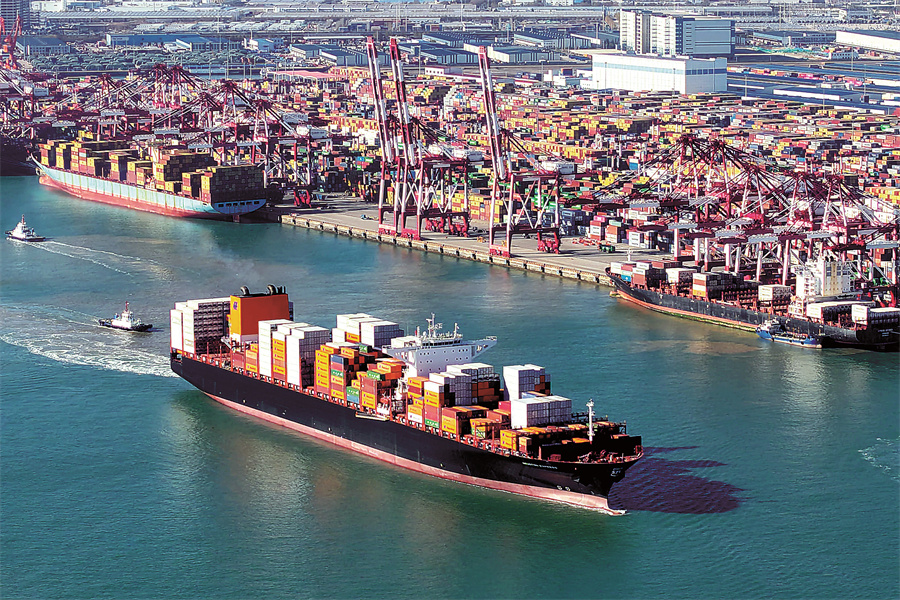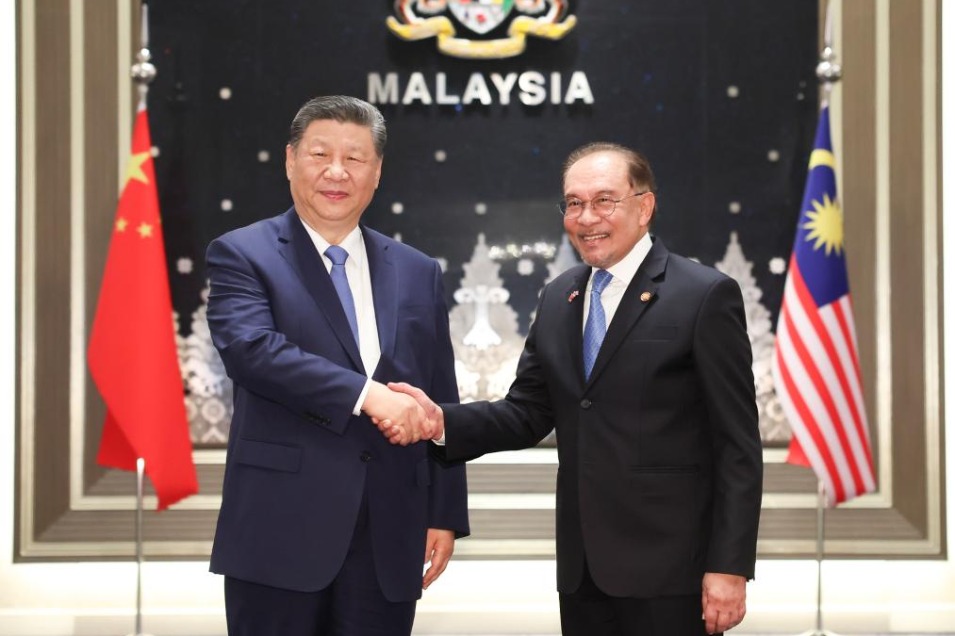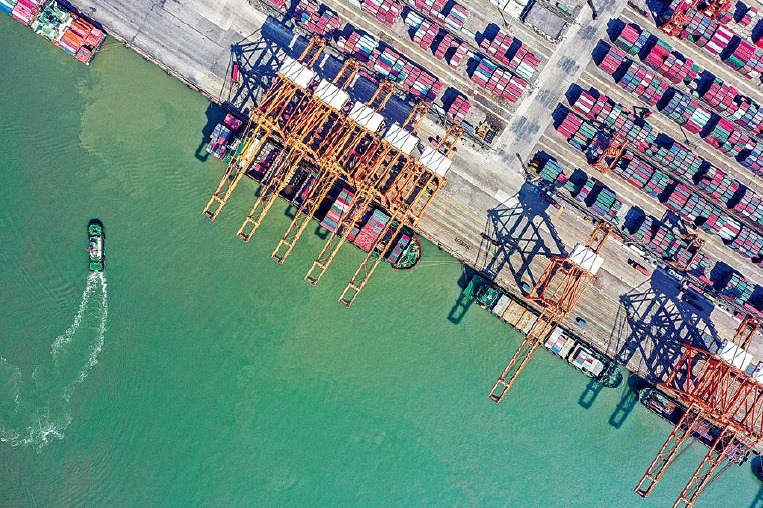Preparation for stress test is paying off


That the Chinese economy expanded 5.4 percent year-on-year in the first quarter, up 1.2 percentage points compared with the previous quarter and hitting 31.88 trillion yuan ($4.42 trillion), is testimony to the world's second-largest economy's solid fundamentals and strong resilience.
Although some Western observers call the quarterly growth "unexpectedly strong" given the headwinds the world's second-largest economy faces, that is not the case.
This is in part because export growth has been particularly "buoyant" since the waning months of 2024, when overseas companies increased their orders in anticipation of the tariff hikes to be imposed by the United States.
The White House claimed in a statement on Tuesday "China now faces up to a 245 percent tariff on imports to the United States as a result of its retaliatory actions".
As Lin Jian, spokesperson for the Foreign Ministry said in a news conference on Wednesday, taking a question on the new absurd levies, this tariff war was initiated by the US, and China has taken necessary countermeasures to safeguard its legitimate rights and interests and international fairness and justice, which is completely reasonable and legal. There are no winners in tariff wars. China does not want to fight, but it is not afraid of fighting.
China's exports surged by 12.4 percent in March compared with the year before. Although that strong momentum of exports might not be maintained in the coming months as the effects of the tariff war will gradually become manifest on China's trade and economy, those effects should not be exaggerated, as China has been preparing for the pressure test for a long time.
The country has been diversifying its trading relationships beyond the US since 2018 when the US started levying additional tariffs on Chinese imports. China's exports to the US as a percentage of total overseas shipments dropped from 19.2 percent in 2018 to 14.7 percent in 2024.
China's fast increasing trade with Southeast Asia, Europe, Latin America and Africa shows there is still huge potential that can be unleashed in the future should its trade relationship with the US continue to sour.
This strategy has proved and will continue to prove crucial to China's export industries in the foreseeable future if the trade war further escalates, helping the Chinese economy to sustain its long-term positive trajectory, which has provided huge dividends for its trade partners.
The US' transactional and coercive approach to trade issues also provides China with an opportunity to go on a global charm offensive to promote itself as a more stable and reliable partner than the US. China's efforts to repair economic and trade ties with some US allies and partners, including the European Union and Japan, have been gathering pace.
"A diversified market pattern is taking shape, which also means that our dependence on a single export market in a certain country is declining," National Bureau of Statistics Deputy Director Sheng Laiyun said in a news conference in Beijing on Wednesday. "Therefore, China's foreign trade is relatively resilient. The just-released first quarter foreign trade data also show that despite the increase in external restrictions, exports still grew by 6.9 percent."
The 5.4 percent growth rate of the Chinese economy in the first quarter undoubtedly constitutes a steady and good start for China to realize its growth rate objective for the year of around 5 percent.
The development of the Chinese economy has never been plain sailing. Since the launch of the reform and opening-up policy, China's economy has weathered significant challenges and gained extensive experience in terms of macroeconomic management, and China will continue to implement incremental policies in response to changes in the external environment.
Notably, consumer spending and production also beat expectations, with retail sales rising by 5.9 percent in March compared with the same month last year, and factory output expanding by 7.7 percent last month compared with 5.9 percent in the January to February period.
That indicates the series of policies China has taken in recent years to stimulate its domestic demand are starting to take effect, slowly but surely, giving policymakers more space and confidence to roll out more consumption stimulus policies. These are expected to help the nation digest the exports that will unavoidably be impacted by US tariffs, boost production and create jobs, further activating the domestic circulation of the economy.
As Sheng stressed, China still has "a robust toolbox of policy measures" to help it make the most of the changes and seek opportunities from uncertainties to address external shocks and challenges.
































